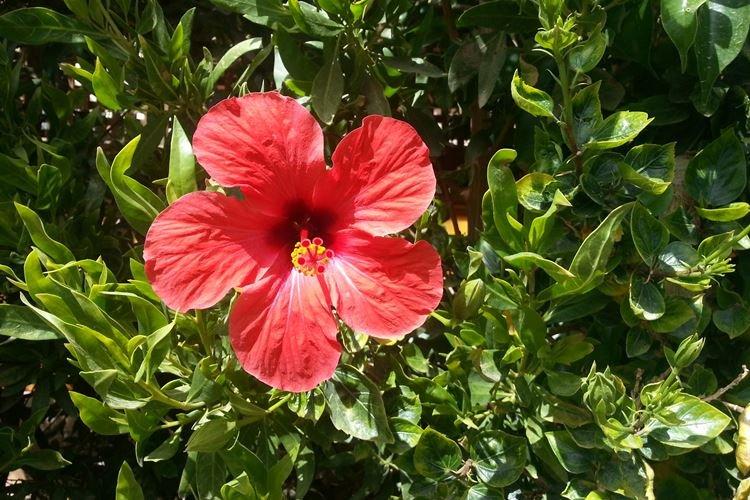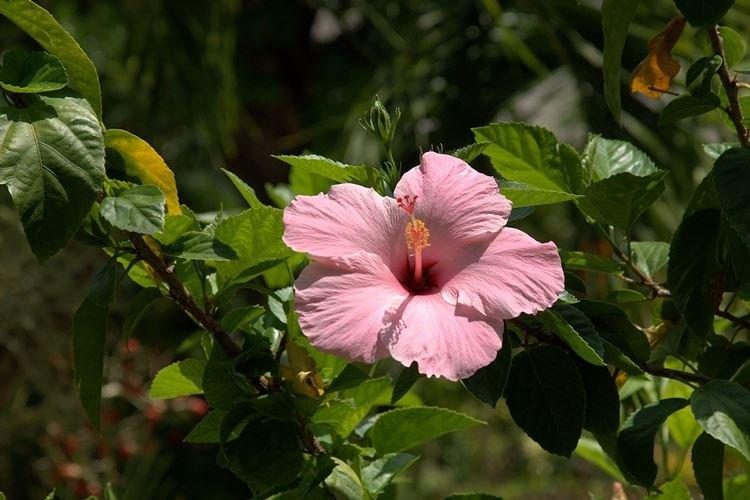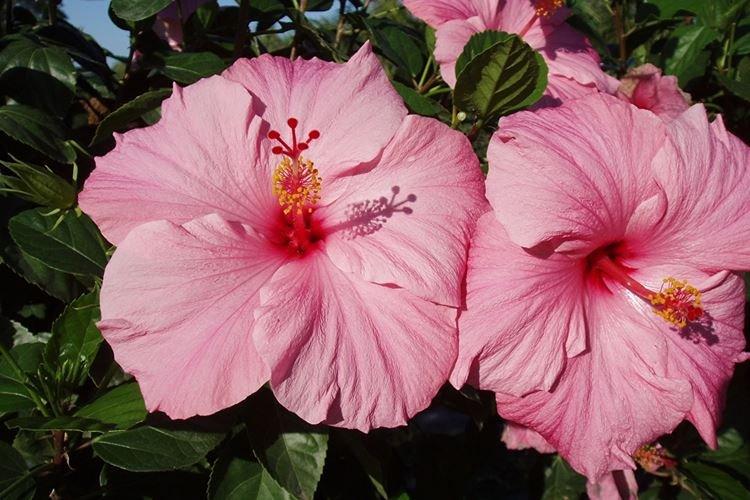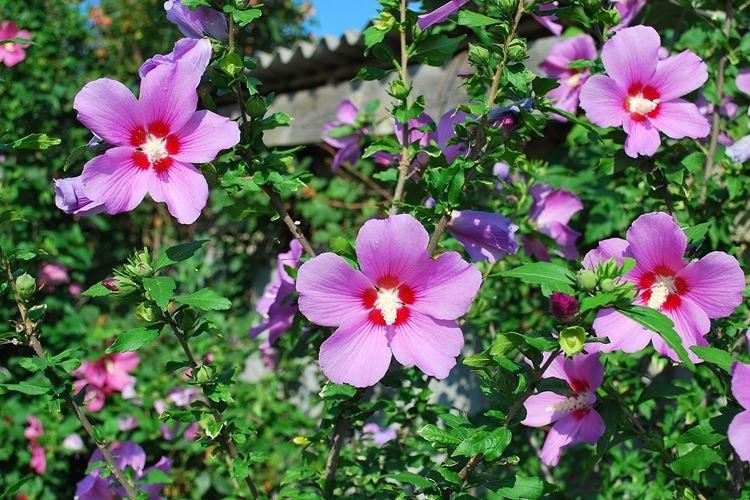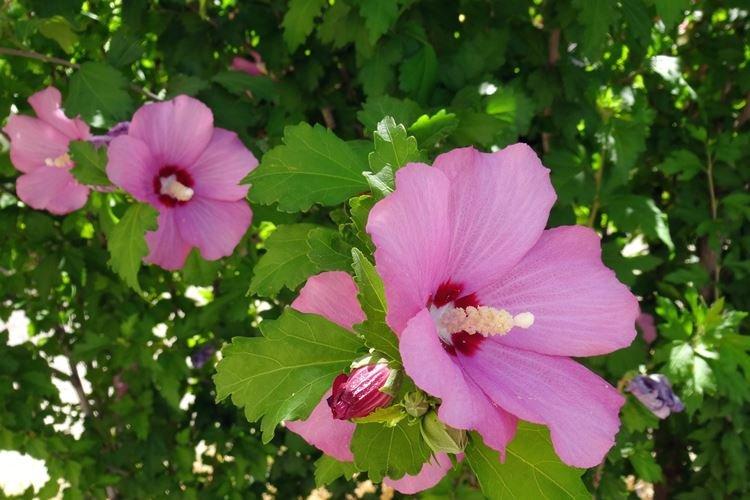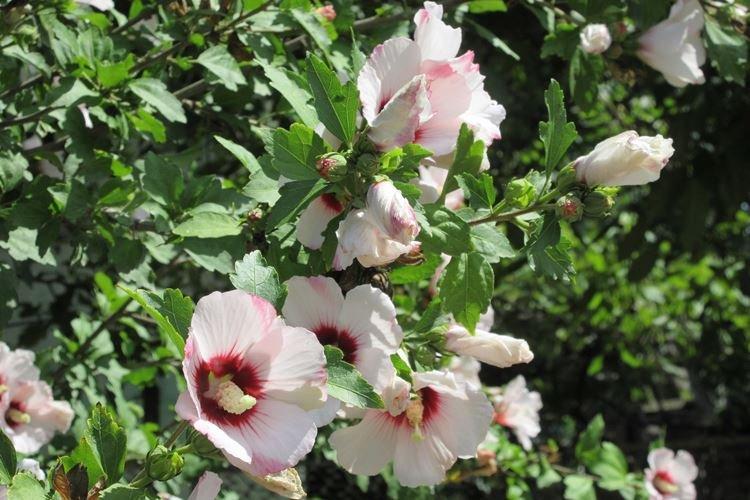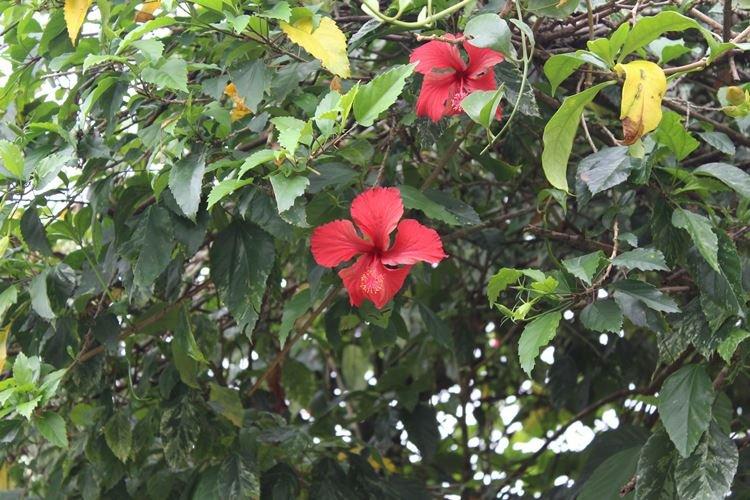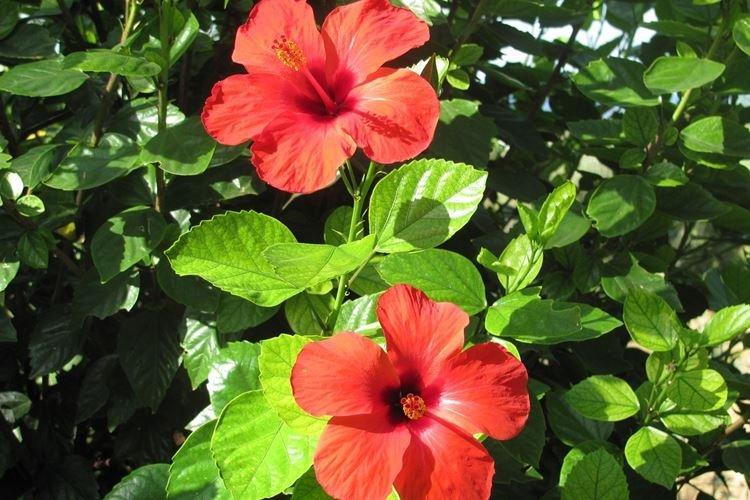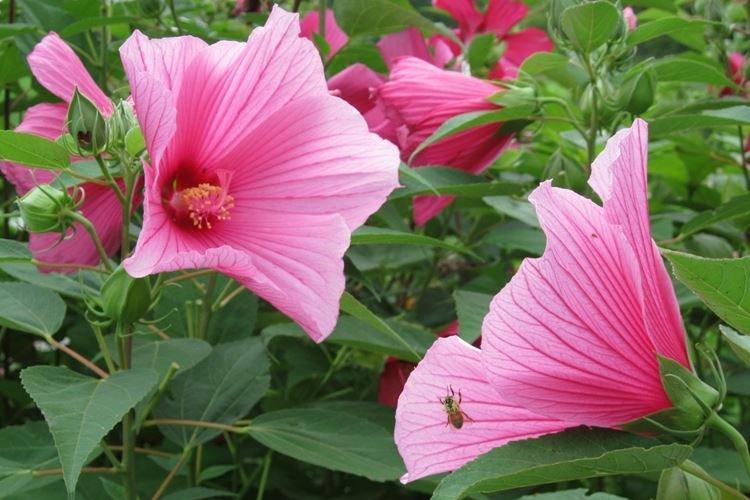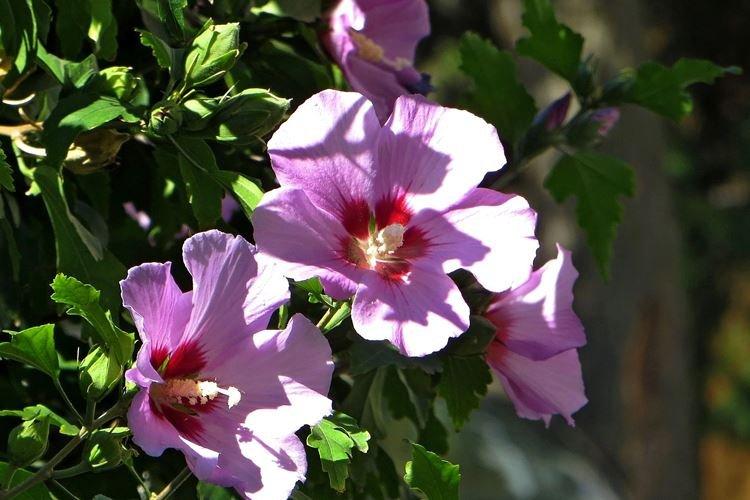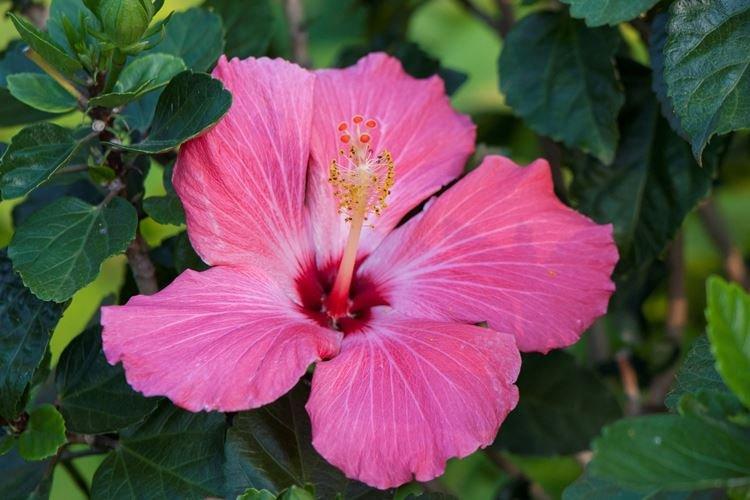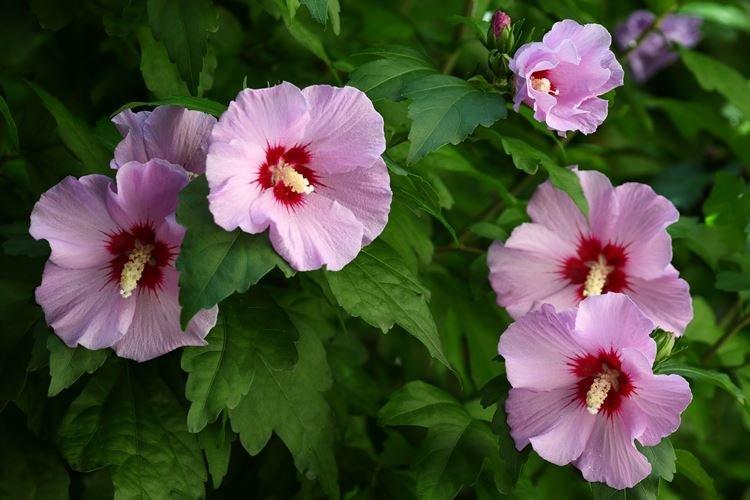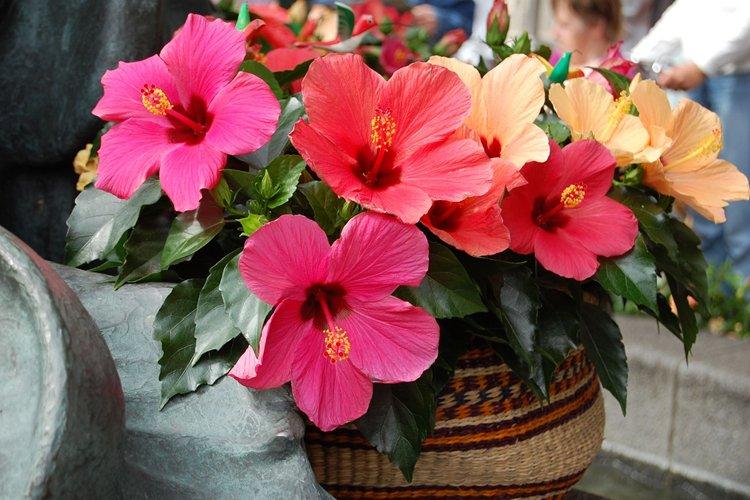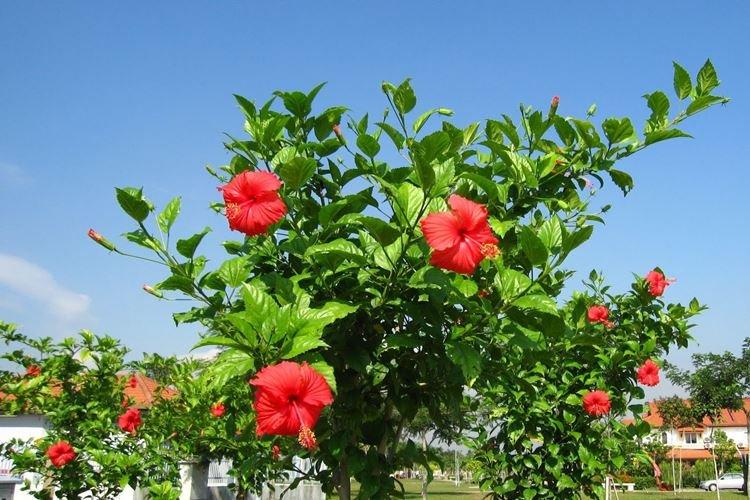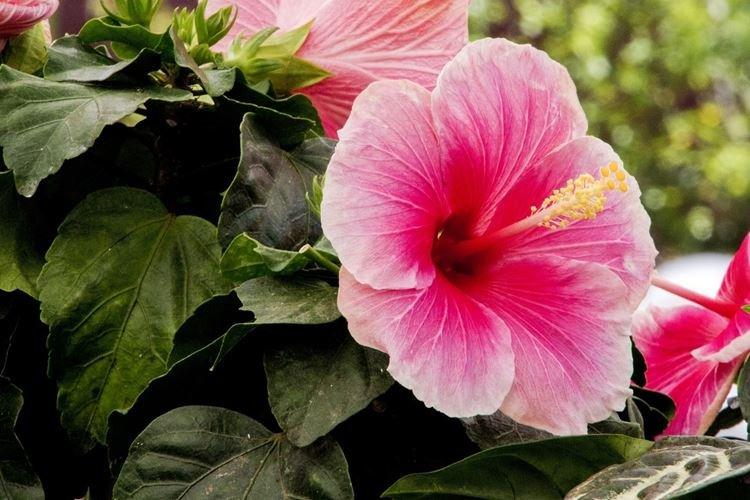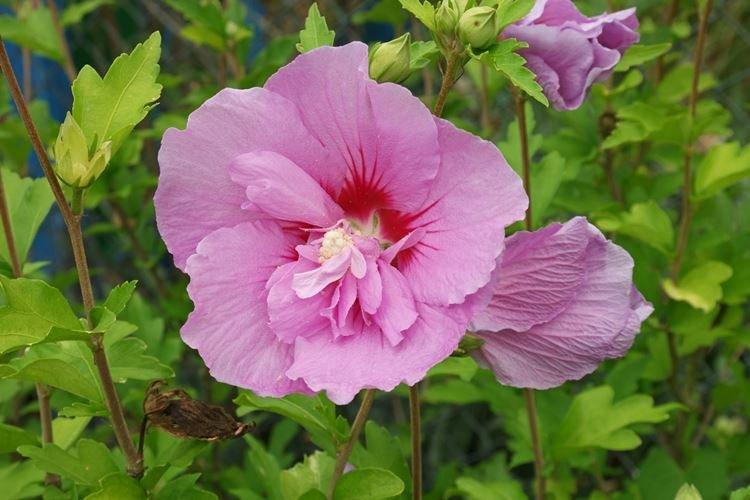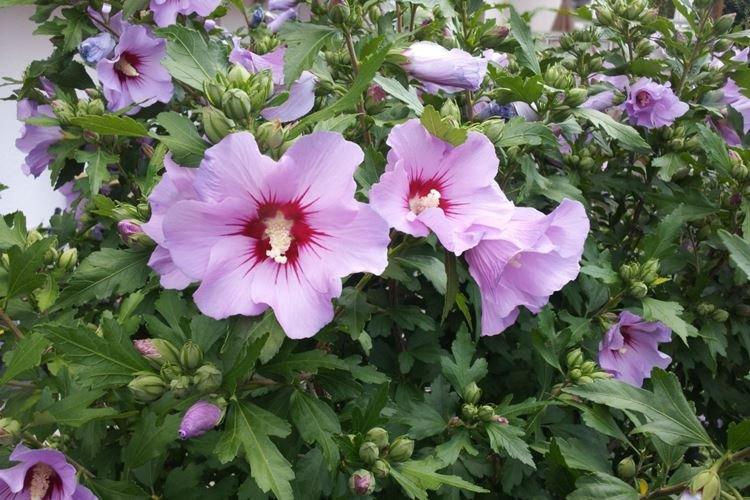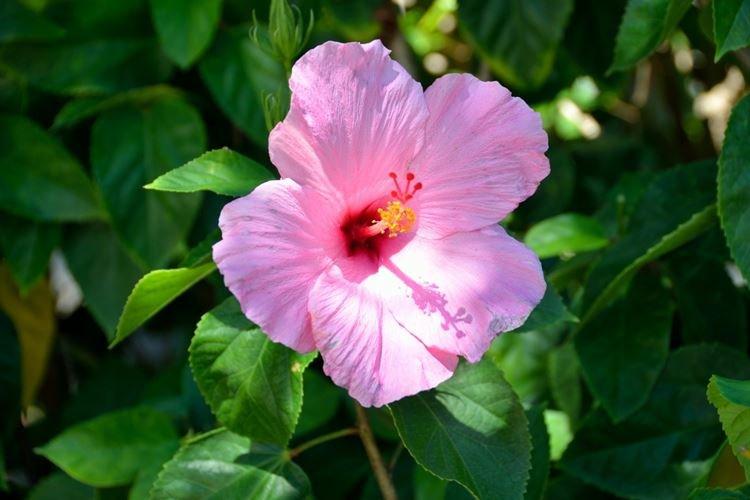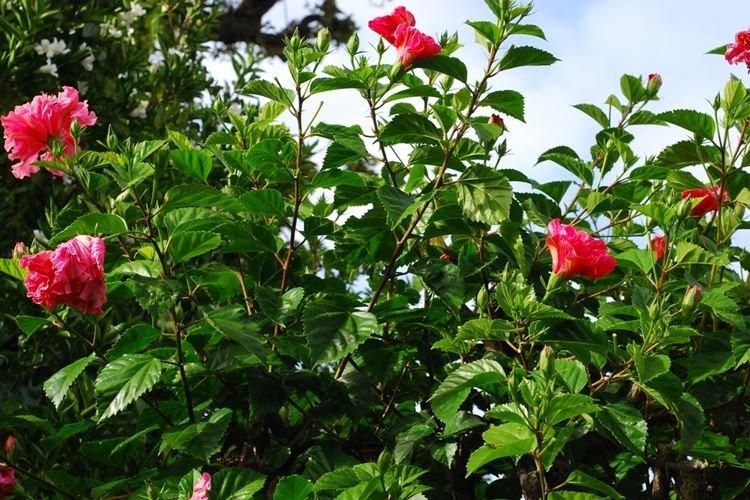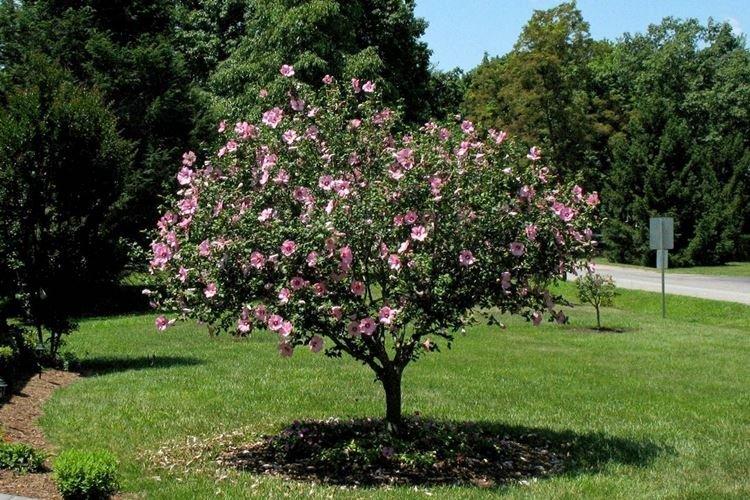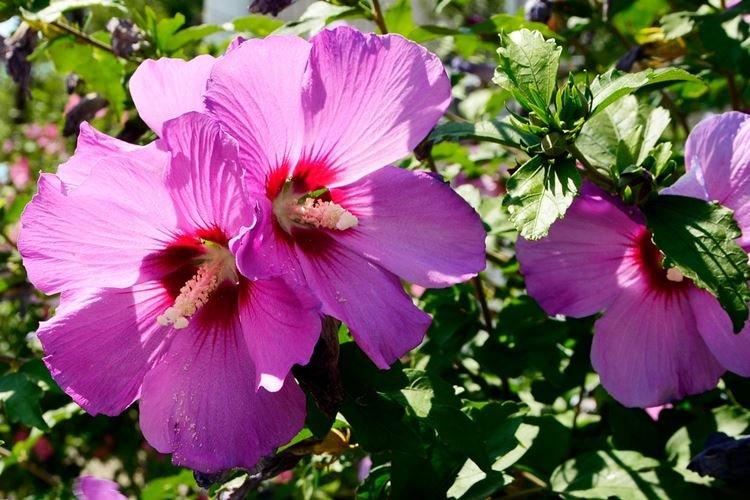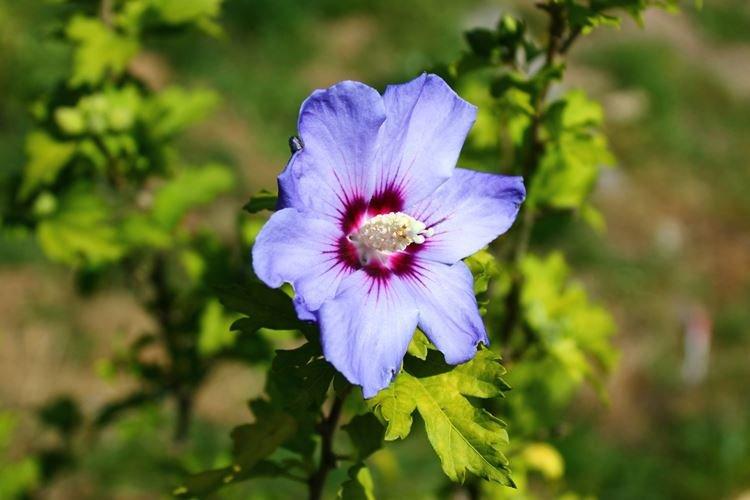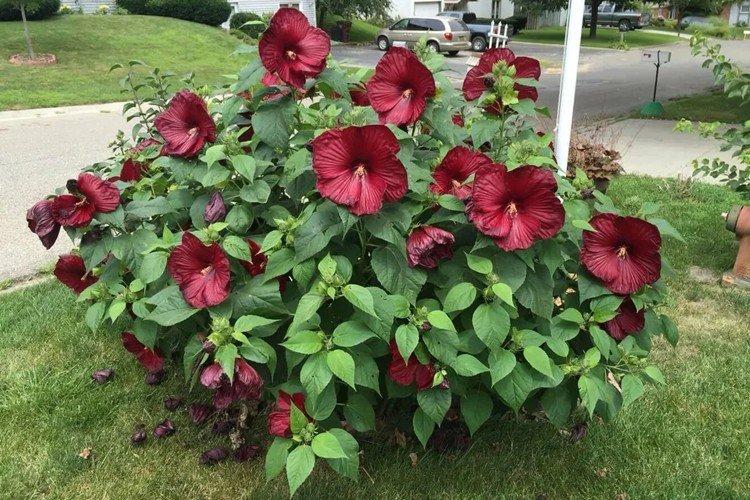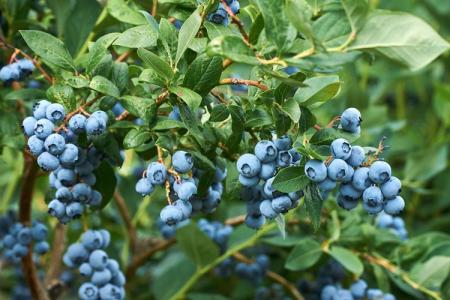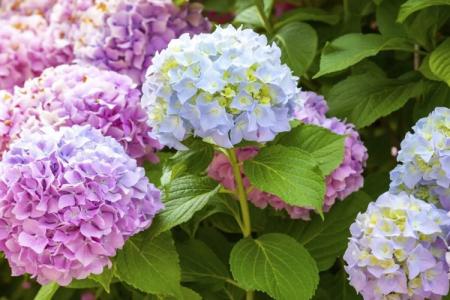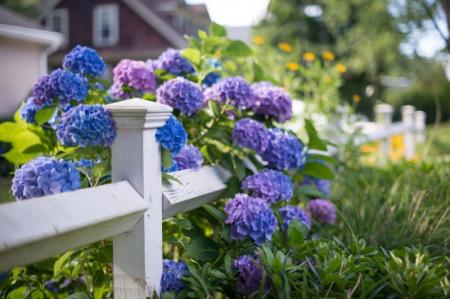
Hibiscus is a flower that has become a symbol of art, resilience and humble beauty. Following one fading bud, a new one immediately opens up - and so on throughout the season. In the East, the flower is used in cooking and medicine, and also aromatic tea is prepared from it. We will tell you how to grow hibiscus yourself and what they are!
general information
Hibiscus is the same hibiscus tea, the national symbol of Malaysia and a Chinese rose in one bottle. It belongs to the Malvov family and some varieties are even confused with common mallows. Hibiscus flowers are large, colorful, graceful and with long, bright corollas.
Hibiscus was cultivated in European botanical gardens as early as the eighteenth century, and since then its popularity has not fallen. The diameter of flowers reaches 16, and sometimes more than 20 cm. Shrubs live up to thirty years and after growing up they practically do not cause trouble.
The flowering of hibiscus lasts only a few days, but this is fully compensated by its splendor. If you take proper care of the plant, it grows over and over again with buds. In warm latitudes, most varieties are evergreen perennials that bloom all year round.
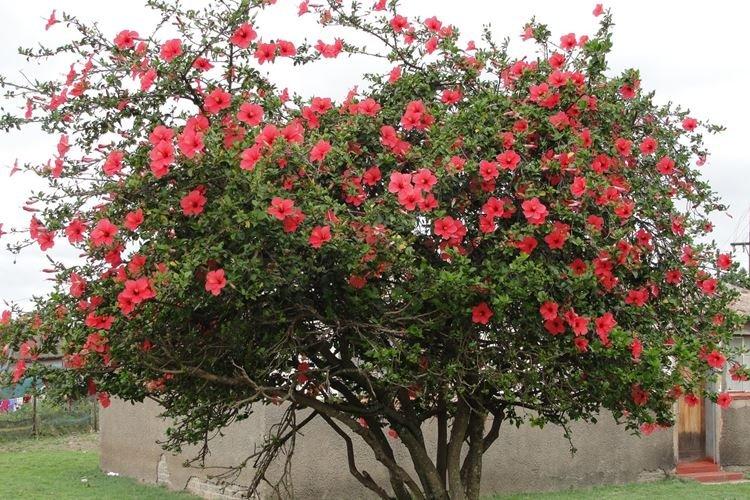
Hibiscus species
Hibiscus are found in culture in almost all possible forms: annuals and perennials, herbaceous plants, shrubs and trees, evergreen and deciduous. According to various estimates and studies, there are up to 300 varieties in nature.
Hybrid hibiscus
This is the most popular variety in our latitudes, which is bred in the garden and apartments. From his ancestors, he inherited frost resistance and large inflorescences up to 25 cm in diameter. By winter, the stems of the hybrid hibiscus completely die off, but the powerful root system easily survives the cold.
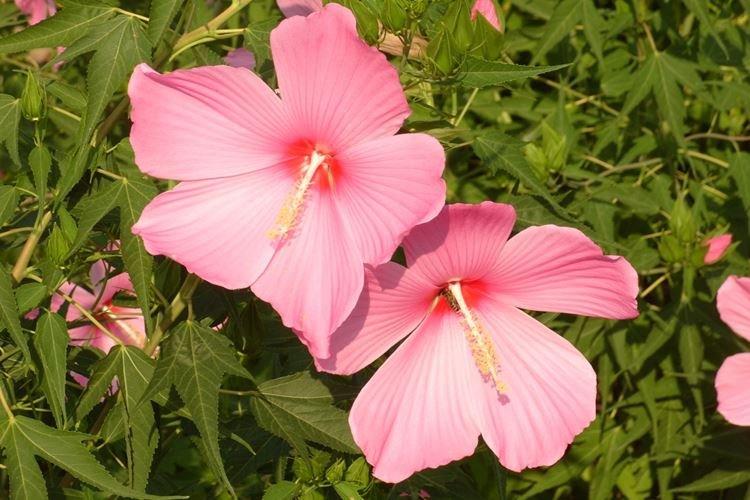
Syrian hibiscus
Large and tall shrubs can grow up to 6 meters, while remaining beautiful and tidy. Smooth long branches are crowned with large single flowers of all shades of pink and red. Syrian hibiscus is slow to develop, but the process can be accelerated by systematic moderate watering.
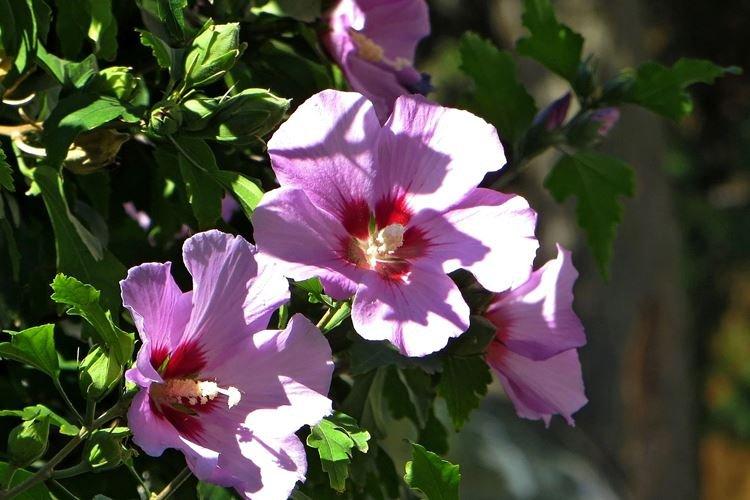
Swamp hibiscus
As the name implies, this species is very fond of moisture and water bodies - a lake or stream nearby. Swamp hibiscus is very elegant, blooms for a long time and pleases with a variety of shades. It is frost-resistant and tolerates winters even in rather harsh latitudes - up to -25 degrees.
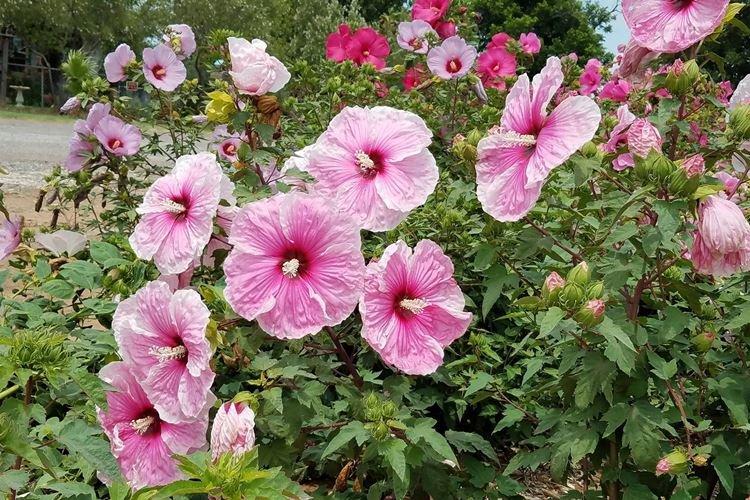
Splayed hibiscus
An interesting Australian variety attracts with an unusual structure of stems and leaves. The shoots of the splayed hibiscus seem to be thorny, and the same goes for the hairy calyx of flowers. In nature, the bush grows up to 5 m, but in culture it stretches up to 3. Branches fancifully diverge in different directions - they spread out at an angle and up.

Hibiscus Rosanel
This variety is also called the Chinese rose, because its shrubs are very reminiscent of rose bushes. Woody shoots can turn into real powerful trunks over the years. Bell flowers reach 15 cm in diameter and most often grow singly.

Sour hibiscus
An unusual African variety with red maple leaves is the same hibiscus from which tea is made and is actively consumed in food. Unfortunately, in our latitudes, it is grown only as an annual, because it does not tolerate frosts below -8 degrees. Sour hibiscus flowers are small, but very beautiful and colorful.

Variegated hibiscus
An interesting feature of this variety is the presence of completely different leaves on one stem. They seem to be torn and unevenly toothed, of completely different sizes and densely fleecy on the back. The inflorescences of their pale yellow buds with a purple center seem to be directed downward.

Hugel's hibiscus
Another bizarre Australian variety was nicknamed the hibiscus lilac for its characteristic flower buds.The bush is densely branched and lushly covered with bright green leaves with fleecy segmented plates. The shape of the buds looks interesting, each next petal of which covers the previous one.

Hibiscus arnotti
This variety is actively used in medicine and pharmaceuticals, but it is also grown as an ornamental annual. In nature, it grows in the Hawaiian Islands, and there it is an evergreen perennial shrub with straight stems, which can sometimes grow up to 10 m.You can grow Arnotti hibiscus in the garden, but take the rhizome into the house for the winter.
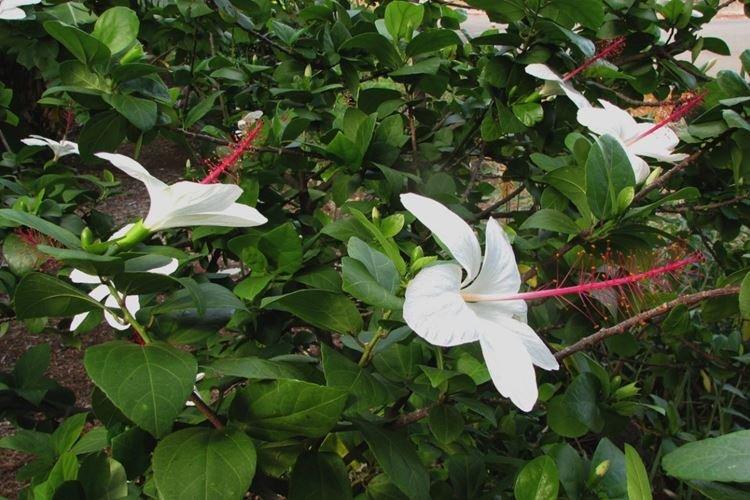
Hibiscus care
Many ornamental hibiscus varieties can only be grown as annuals. But now there are frost-resistant hybrids, and most of them are among the terry varieties. In general, warmth and sunshine are central to hibiscus care.
Temperature
Most hibiscus varieties come from tropical and subtropical latitudes, so the ideal temperature for them is 20-25 degrees. Frost-resistant varieties can be mulched for the winter and left in the ground, but the rest will have to be dug up and taken indoors. Indoor hibiscus can lower the temperature to +12 degrees for the winter so that buds form better next year.
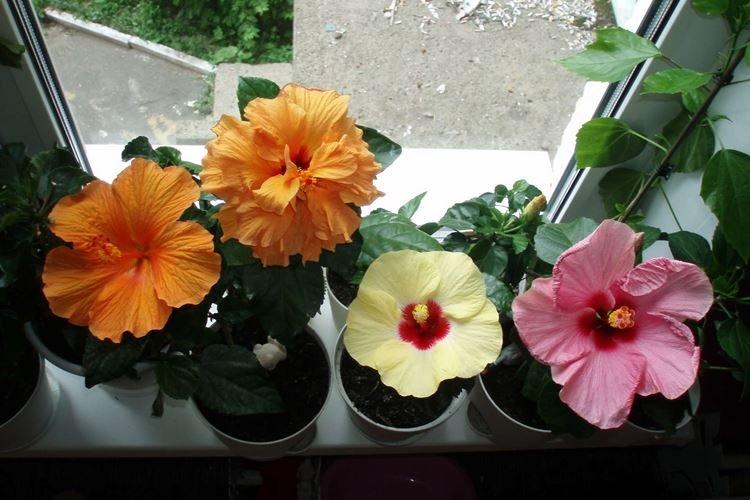
Lighting
Hibiscus is very fond of the sun and sunny areas - and this is also directly related to its natural habitat. If he does not have enough light, then he will bloom badly or the buds will not bloom at all. These also apply to garden shrubs and small indoor flowerpots.
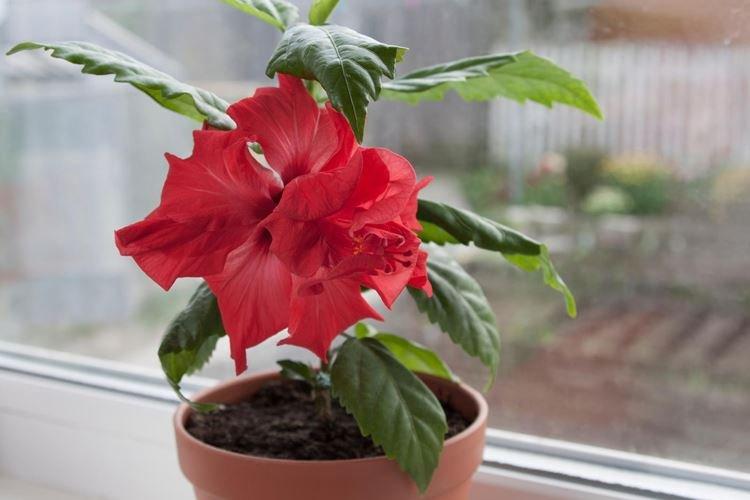
Watering
Hibiscus loves water very much, so watering does not stop even in winter - they only reduce the frequency. It is important that the earthy ball does not dry out completely, otherwise the flower may die. In the summer, in the heat, sometimes you have to water the hibiscus abundantly every day.
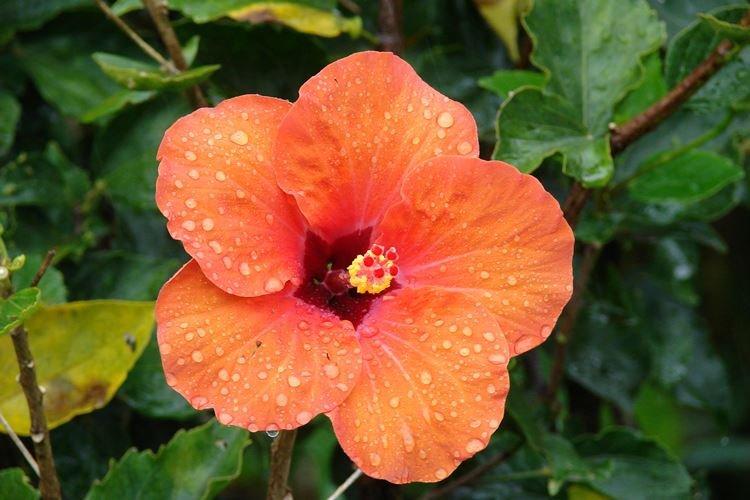
The soil
The same soil that is used for a rose is ideal for hibiscus: fertile, light and moisture permeable. For indoor plants or planting seedlings, mix turf with leafy soil, sand, and humus. You can use ready-made store mixes for ornamental plants.
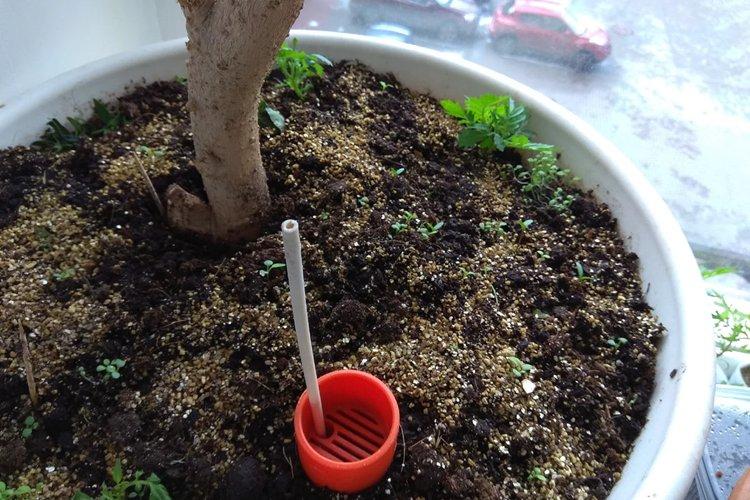
Fertilizers and feeding
During intensive growth, hibiscus requires regular feeding, and nutritious compound fertilizers are best suited. But don't go for all-purpose flowering mixtures because they have too much phosphorus for hibiscus. But you can safely add more potassium and magnesium!

Transplant and reproduction
Hibiscus is propagated by seeds, grafting, or artless division of the bush. All three methods are very simple and effective, so even a beginner can easily handle them. Seedlings are planted in open ground by the end of spring, when the weather is already warm.
Cuttings for reproduction are cut in the summer at the height of the season with 2-3 internodes at once. Be sure to treat them with a growth stimulant so that they take root better and faster. The process will take about a month, and at this time the bottom heating will not be superfluous.
If you need to propagate hibiscus with seeds, then they are sown in containers from January to March. Sprout hibiscus under glass at a temperature of about 26 degrees, so heating may be necessary. You can dive seedlings in individual pots immediately after the first leaves appear.
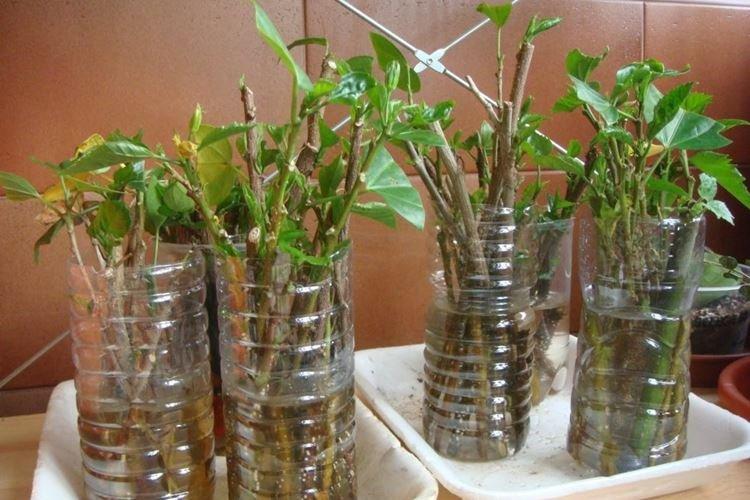
Pruning
After planting or after spring, all weak and damaged shoots must be carefully and carefully removed. To stimulate flowering in the spring, the entire last year's growth is shortened by about a third. If the bush begins to grow too sloppy and uneven, carry out a radical rejuvenating pruning.
For the first couple of years, perennial garden hibiscus needs to be drastically pruned regularly if you want to get a large lush bush in the future. By the same principle, for the formation of a standard tree, the lateral branchy shoots are pruned and the main trunk is left. If the desired crown shape has already been achieved, a little supporting pruning is sufficient in the future.
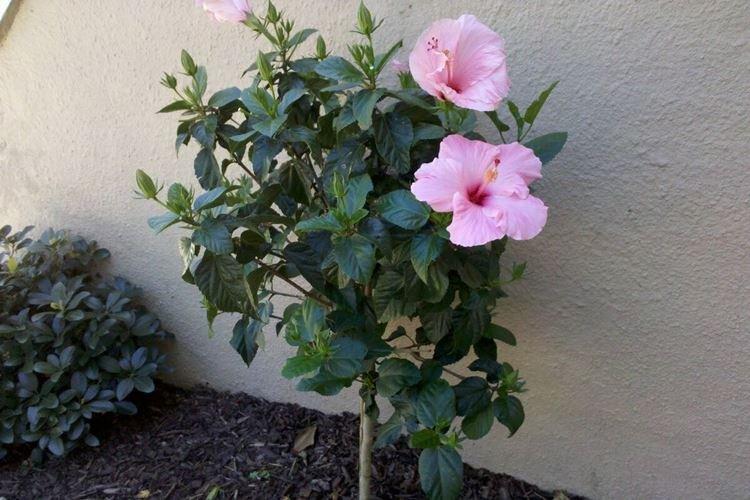
Pest and disease control
Sticky bloom on the leaves most often indicates the appearance of aphids, and the small cobweb on the back is a sure sign of a tick. Whiteflies and worms also eat hibiscus, and scale insects like to settle on the branches. It is very important to remove all faded buds in time, because gall midges lay eggs in them over time.
The most common hibiscus disease is non-infectious and infectious chlorosis. The first appears due to improper care and an imbalance of useful elements, and the second - due to a fungus or virus. Another common consequence of fungal infections is vascular wilting. In this case, it is necessary to urgently cut off diseased branches, capturing a healthy part, and treat with fungicides.

Hibiscus - photo
The graceful beauty of hibiscus leaves no one indifferent. Just look how good they are in our selection of photos!



